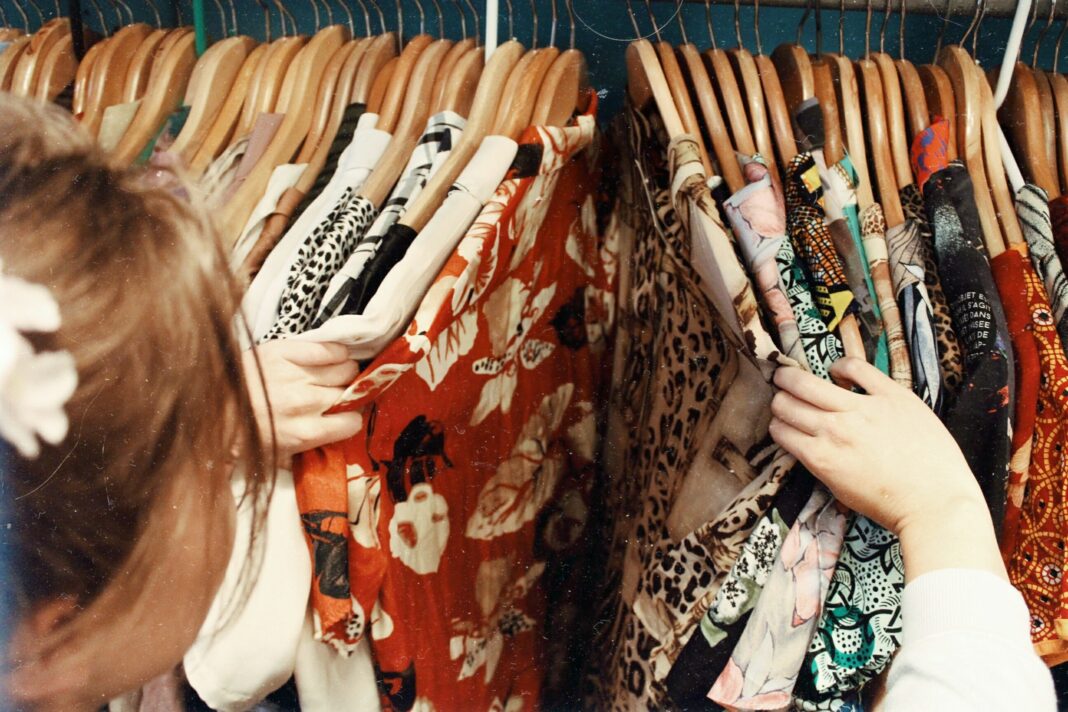Photo by Becca McHaffie on Unsplash
Written by Lauren Liebhaber and published in Stacker (click here to read full article)
That cute top you purchased for less than your morning coffee, wore twice, washed once, and threw away because it fell apart as soon as it hit the washing machine agitator will sit in a landfill, leeching pollutants for up to 200 years.
Stacker referenced news and fashion industry reports to break down the general life cycle of fast fashion. Before a polyester blouse is a blouse, it is a nonrenewable, petroleum-based synthetic that is resource-intensive to extract and produce. Garment workers around the world then manufacture it, often working in unsafe conditions and earning well below a living wage. After arriving at its destination via carbon-heavy international shipping, a blouse may serve its intended purpose for a year before spending the vast majority of its life as trash.
Primarily driven by consumers favoring quantity over quality and the rise of online shopping, the fashion industry is responsible for roughly 92 million tonnes of waste a year, the majority of which is either incinerated, dumped in landfills, or worse yet, polluting land, waterways, and coastlines around the world. Americans alone generate 12 times as much clothing waste today as they did in 1960, according to the Environmental Protection Agency. Some estimates put the amount of clothing produced yearly to be 14 garments for each person on the planet.






